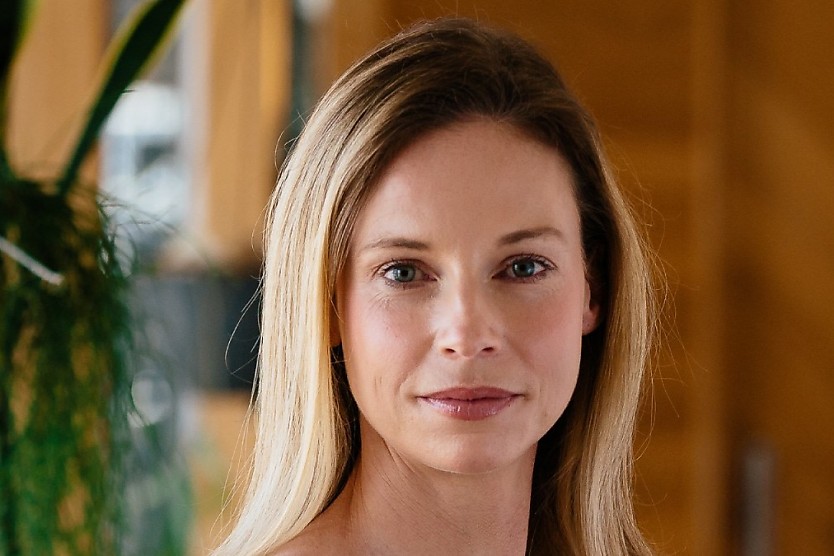
TA functions right now are dealing with relentless workloads and the worst labour market in a generation, so how can TA teams do more with less?
SEEK had almost 250,000 roles advertised, according to its Employment Report for June. This figure is more than 23% higher than June 2021 and more than 52% higher than at the same time in 2019. Couple this with the fact that applications per role on SEEK fell for the fifth consecutive month and according to the ABS, Australia has the lowest unemployment rate in 48 years.
At a time like this, a great ATS/CRM, big EVP budget, and an AI sourcing tool would all be nice, but they’re not always available to many TA leaders.
Here are my tips for TA teams that want to deliver impact in today’s environment without blowing their budget:
Processes may be boring but they’re critical: Review your entire user experience to remove ineffective and inefficient processes — if it isn’t adding value, get rid of it. Critically assess why things are done the way they are and change what doesn’t make sense.
Prioritise efforts by deprioritising: I call this differentiating your service model. It ensures your team invests time and energy in the roles that will deliver the most ROI to the business rather than determining priorities according to the loudest hiring manager. Determine which requisitions are business critical — they get the gold-level treatment. Those roles that won’t bring the business to its knees if they’re unfilled for longer receive silver level service.
Group similar roles into campaign hiring.
Utilise third parties or augmentation partners to support with some hiring activity so your team can focus on higher value activities. This injects your team with additional capability and builds your reputation internally.
Consider Design: As you work through tip three, you’ll be questioning the value of each role. For roles that are critical or core functions, consider whether you can redesign a role or break it down into separate skills.
Can teams work differently? Are you optimising your current workforce?
A recent Bersin whitepaper on organisational design considers that when we’re operating in a talent-rich market, the TA team can easily ‘hire more’ to grow. But when TA functions are operating in a talent-starved environment, like the one we are working through now, the right strategy is to ‘design better’ to grow.
Bersin’s advice is spot on, pointing out that when there are challenges, the TA function can rely on creativity and the processes of good design to ensure they deliver results.
The role of internal influencers: Look for advocates and early adopters within your business to pilot new systems, processes, and projects in pockets. If it works, you’ll have valuable data to support your business case later for an organisation-wide roll out (and budget to support that).
The rising cost of living: Remunerate fairly. Now is not the time to be trying to secure a bargain. With the rising cost of living, offering no increase is essentially a pay cut. Some companies are offering ‘sign on’ bonuses and monthly retention bonuses to attract and retain people as their employees grapple with inflation.
Be more proactive about retention and mobility: We should consider our workers assets instead of liabilities on the P&L. Assets develop and increase in value, and it’s with that mindset that we need to view our people.
If the business values someone, make sure they know it. Employees want to be developed — make sure they know what training and development opportunities they can access and make it easy to access them. This can be done on a shoestring.
Good data: Utilise data and talent intelligence and let the numbers tell your story. This should inform your decision making to ensure whatever you are investing in has appropriate ROI.
Do your research: Find out what matters to your stakeholders and the business. Get the metrics right and aligned to business priorities. If you are measuring the right things, then stakeholders will start to see that it makes sense to change.
Play the long game: Start small, start with champions, get evidence-based data, runs on the board and then get others on the bus. Be patient and persist.
Bonus tip: This one is for the TA teams where budget is the biggest hurdle. If your division doesn’t have the budget, ask the hiring manager for it. They generally want results and don’t care about how much it costs. If it goes on their cost centre instead of yours, count that as a big win.
Nadine O’Regan is the General Manager of TQSolutions.
RELATED TERMS
The practice of actively seeking, locating, and employing people for a certain position or career in a corporation is known as recruitment.
Shandel McAuliffe
Shandel has recently returned to Australia after working in the UK for eight years. Shandel's experience in the UK included over three years at the CIPD in their marketing, marcomms and events teams, followed by two plus years with The Adecco Group UK&I in marketing, PR, internal comms and project management. Cementing Shandel's experience in the HR industry, she was the head of content for Cezanne HR, a full-lifecycle HR software solution, for the two years prior to her return to Australia.
Shandel has previous experience as a copy writer, proofreader and copy editor, and a keen interest in HR, leadership and psychology. She's excited to be at the helm of HR Leader as its editor, bringing new and innovative ideas to the publication's audience, drawing on her time overseas and learning from experts closer to home in Australia.










